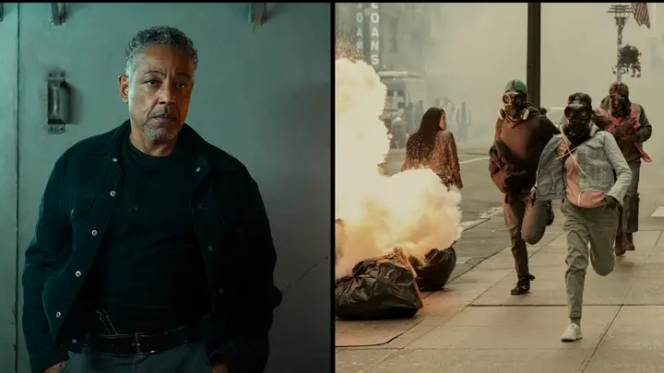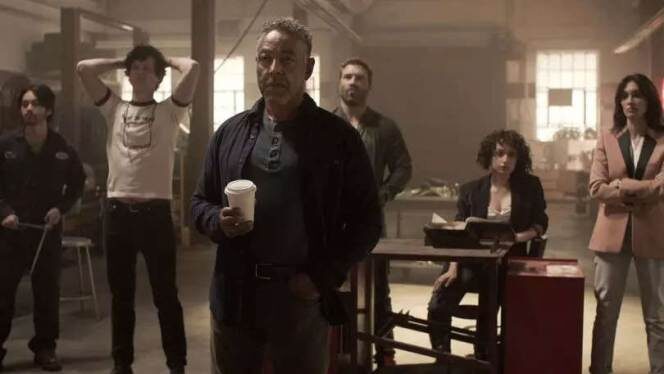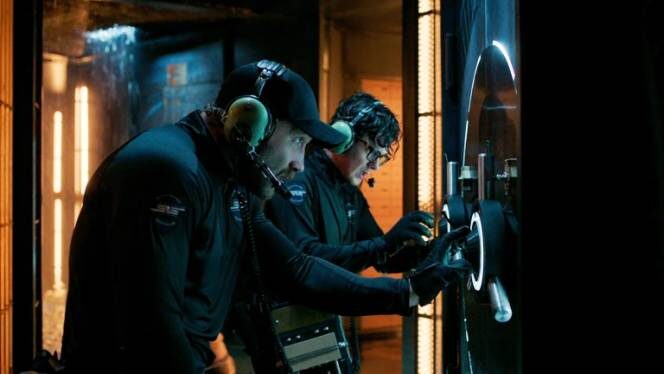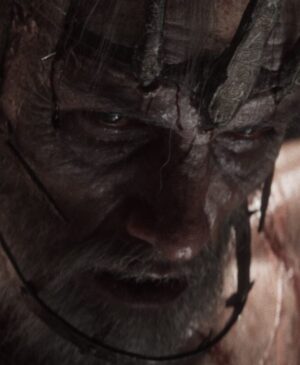SERIES REVIEW – The star of “Breaking Bad”, Giancarlo Esposito, is the protagonist of the robbery attack thriller series Kaleidoscope, which can be watched – for the most part – in any order.
You can tell a lot about a series from its color palette. Look at the snowy whiteness of Scandinavian noir or How the wild novel landscapes of the English use colors to orient the viewer. But in Netflix’s new eight-part heist Kaleidoscope, color throws viewer expectations into a fantastical blender. From the greens of prison escapes to the yellows of diamond robberies, from the violets of memory to the reds of betrayal, he uses the entire color palette dazzlingly.
After seventeen years in prison, the last big robbery
Giancarlo Esposito known for Breaking Bad, plays Leo Papo, a professional criminal who escaped from prison after seventeen years and – you guessed it – prepares one last big robbery. He is a kind of low-budget Danny Ocean (by this I mean Esposito’s run-down character and not his acting, which is still brilliant), and for the raid he assembles a pick-and-roll team: smuggler Stan (Peter Mark Kendall), chemist Judy (Rosaline Elbay), Arms dealer Ava (Paz Vega), safecracker Bob (Jai Courtney) and driver RJ (Jordan Mendoza). And then there’s the mysterious Hannah (Tati Gabrielle), an insider with a long and difficult history with burglars.
Together, they want to pull off the perfect heist, stealing $7 billion from the “triads” (Swiss bankers with murky pasts, but even more nefarious ones who got rich on Nazi wealth) and humiliating security consultant Roger Salas (Rufus Sewell). But all is not what it seems – and the key to unlocking the full spectrum may lie in Leo’s dark past. “All is not right with the world, far from it,” he solemnly declares. “So we have to stand up and make things right.”
This is a real Kaleidoscope: every viewer sees it in a different order
The working title of Kaleidoscope was Jigsaw, and almost all press coverage of the series stated that the order of the episodes was random. Every Netflix viewer sees the story a little differently (albeit always with the same finale, “White: The Heist”). This means that there are 127 unique permutations; 127 unique routes to the vault. I’m not too thrilled with this kind of trick, which somewhere is it sits between ergodic literature (like Mark Z Danielewski’s House of Leaves ) and Adventure Game Risk. And placing the last episode – which shows the moment of the robbery – as a forced climax completely undermines the concept. Only a truly random order would be truly revolutionary.
Too cartoonish
The characters are overly cartoonish, and so is the violence; there’s no real danger here, just smoke bombs, stun grenades, and hallucinogen-laced oatmeal. So viewers who are put off by the extra effort required to put the puzzle together needn’t worry. We can also watch the series as a completely normal, Tarantino-style artistic mess of linear television – we just have to think that something very unique is happening here, but we don’t see it.
This experimentation with format (a mechanism that Netflix and other streaming services have tested with projects like Black Mirror: Bandersnatch) is the only aspect that makes Kaleidoscope special. In any order, the unfolding story is a simple but enjoyable bank heist story between extremely tight security measures and the robbers who try to circumvent them. Giancarlo Esposito’s acting is worth much more in the whole series than the “avant-garde” and random nature of the bank robbery story, although this does not make the series Breaking Bad.
-BadSector-
Kaleidoscope
Direction - 6.2
Acting - 7.4
Story - 6.2
Visuals/music - 7.4
Ambiance - 6.5
6.7
FAIR
Experimentation with the random format is the only aspect that makes Kaleidoscope special. In any order, the unfolding story is a simple but enjoyable bank robbery story.
















Leave a Reply